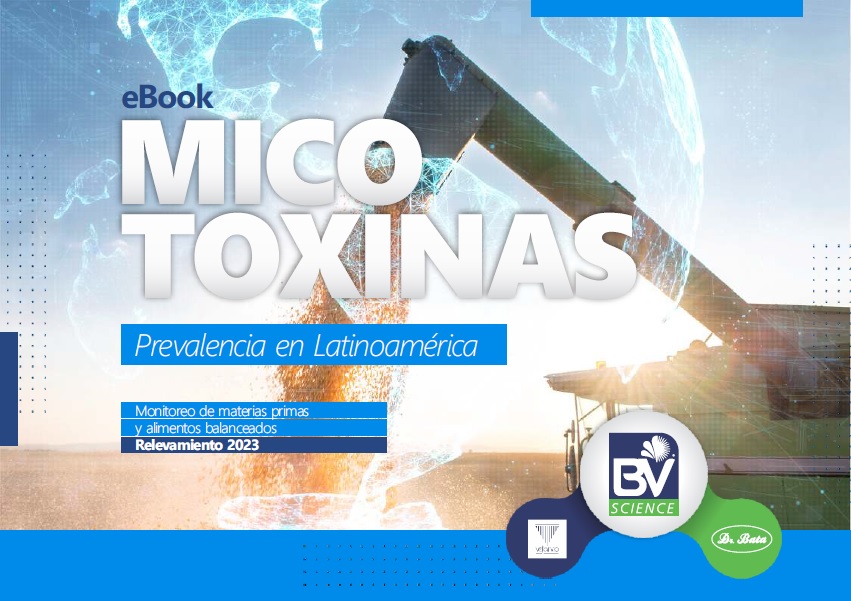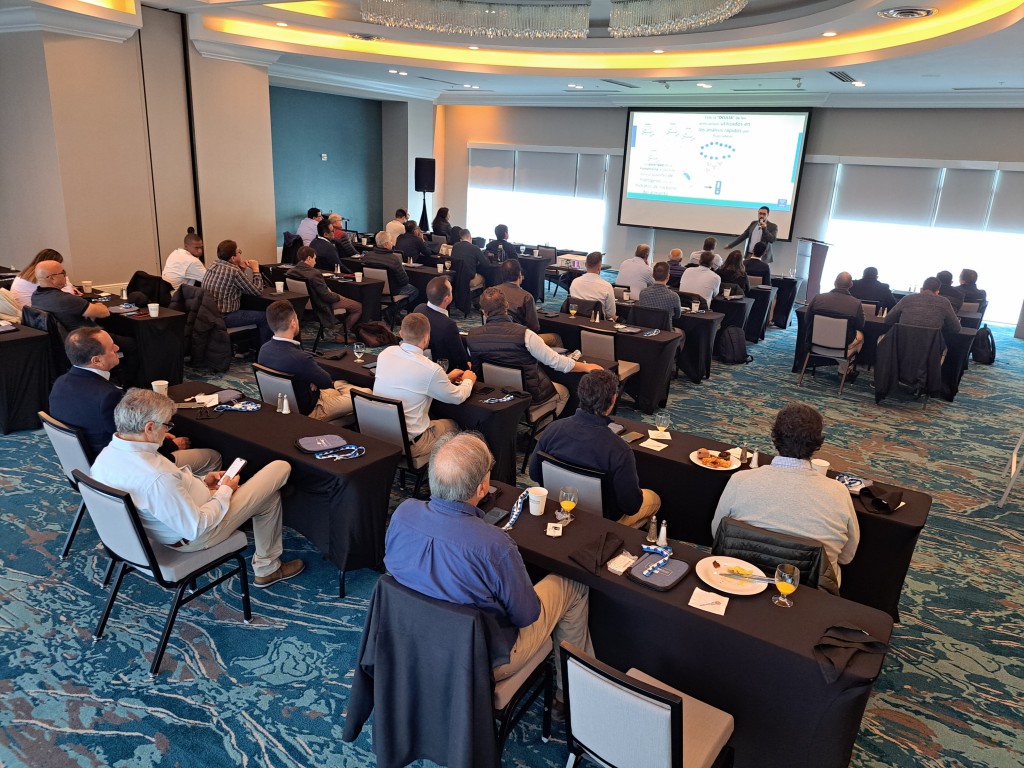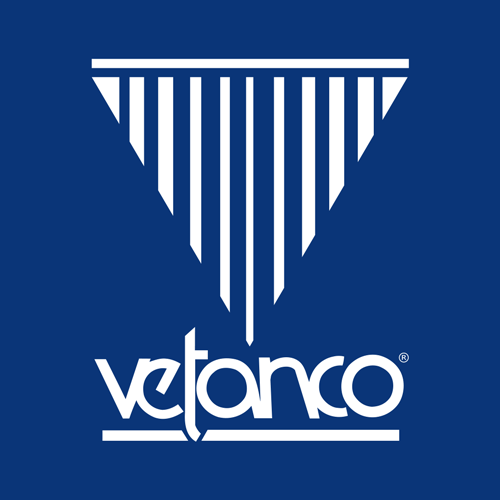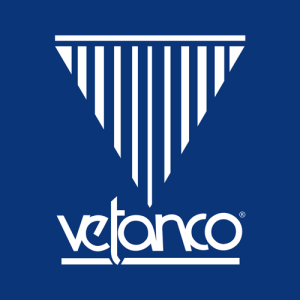Committed to addressing the impact of mycotoxins, Vetanco launched the Detoxa Book 2023: Prevalence of Mycotoxins, which presents the latest data collected through its surveillance program and provides a comprehensive insight into the extent of mycotoxin contamination in cereal samples throughout Latin America.

The official presentation of the Mycotoxin Prevalence 2023 eBook took place on January 30, 2024, at the Hilton Garden Inn Atlanta Midtown Hotel as part of the IPPE 2024.

Mycotoxins are toxic metabolites produced by certain species of fungi due to stress conditions. Depending on the fungus, the plant or the grain may produce mycotoxins in the field or unsuitable conditions when stored for extended periods.
Global climate change, a process that has gained momentum in recent years, continues to impact on environmental conditions, creating a more favorable environment for the growth of the Fusarium spp. Fungi family and their mycotoxins, such as Trichothecenes (Deoxynivalenol – DON), Zearalenone, and Fumonisins (FUM). This occurs in cereal crops before harvest, significantly threatening to animal health and productivity.
In this context, in a customers’ meeting, Vetanco presented the latest data of the mycotoxin surveillance program: the Mycotoxin Prevalence 2023 BOOK, collecting a total of 7469 samples of raw materials and cattle feed for animal production during 2023.

Fumonisins have been —and remain— the primary concern of the region for the last 5 years, affecting 70% of the samples and averaging concentrations of 1700 ppb, which are still over the recommended values. To make matters worse, these mycotoxins are quickly metabolized during the plant’s growing season and acquire a masked or disguised form under certain climatic conditions, adding further amounts that can reach 100% of the original compounds, thus enhancing the toxic effects.
As members of the family of mycotoxins derived from the Fusarium spp, Fungus, just like Fumonisins, but to a lesser extent, the prevalence of DON and Zearalenone is remarkably high (40% and 58%, respectively), especially the latter, which also averaged concentrations close to 170 ppb. These values, combined with almost 60% of co‑contaminations, have worsened cases of mycotoxicosis. Exposure to constant and moderate doses of these mycotoxins present in the diet has negative effects on poultry, manifesting in decreased performance and immunosuppression.
The use of broad-spectrum tools continues to be a priority for the prevention and management of mycotoxins in cattle feed. DETOXA PLUS, a natural additive of Vetanco’s BV Science line, has all the necessary enzymes to inhibit the main mycotoxins that impact animal production.
They were specifically selected to achieve the highest inhibition rate in the early sections of the digestive system before passing into the intestines, where they could be absorbed.

